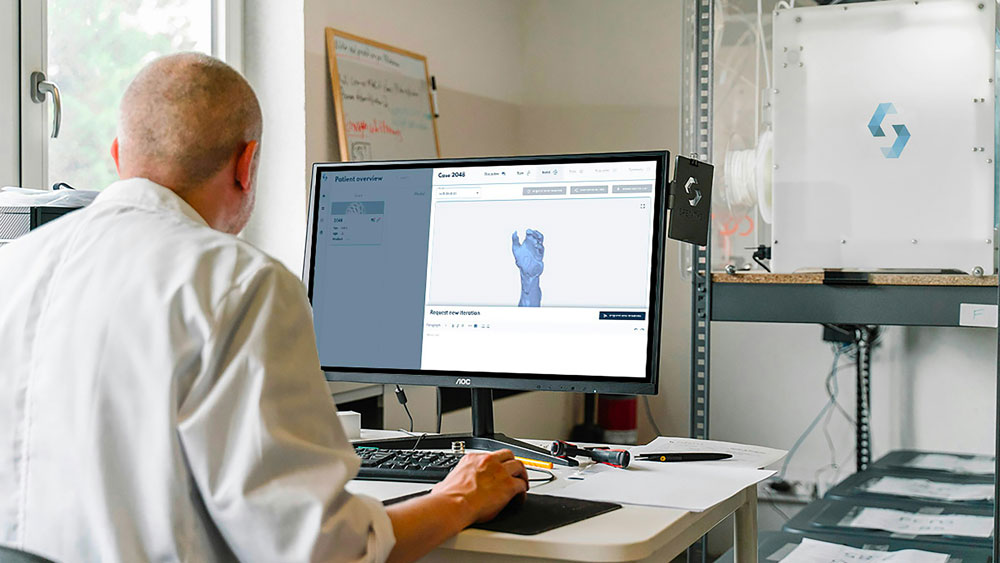Body
Quality Digest was recently fortunate enough to get more information on Geomagic Design X for reverse engineering from David Mihal, global commercial director of the Geomagic software product line within Hexagon’s Manufacturing Intelligence division. The newly available software converts data from 3D scans into 3D models. In addition to its reverse engineering capabilities, it’s feature-based, affordable, and editable—giving it a competitive edge for companies that need to build custom models efficiently.
|
ADVERTISEMENT |
…
Want to continue?
Log in or create a FREE account.
By logging in you agree to receive communication from Quality Digest.
Privacy Policy.

Add new comment